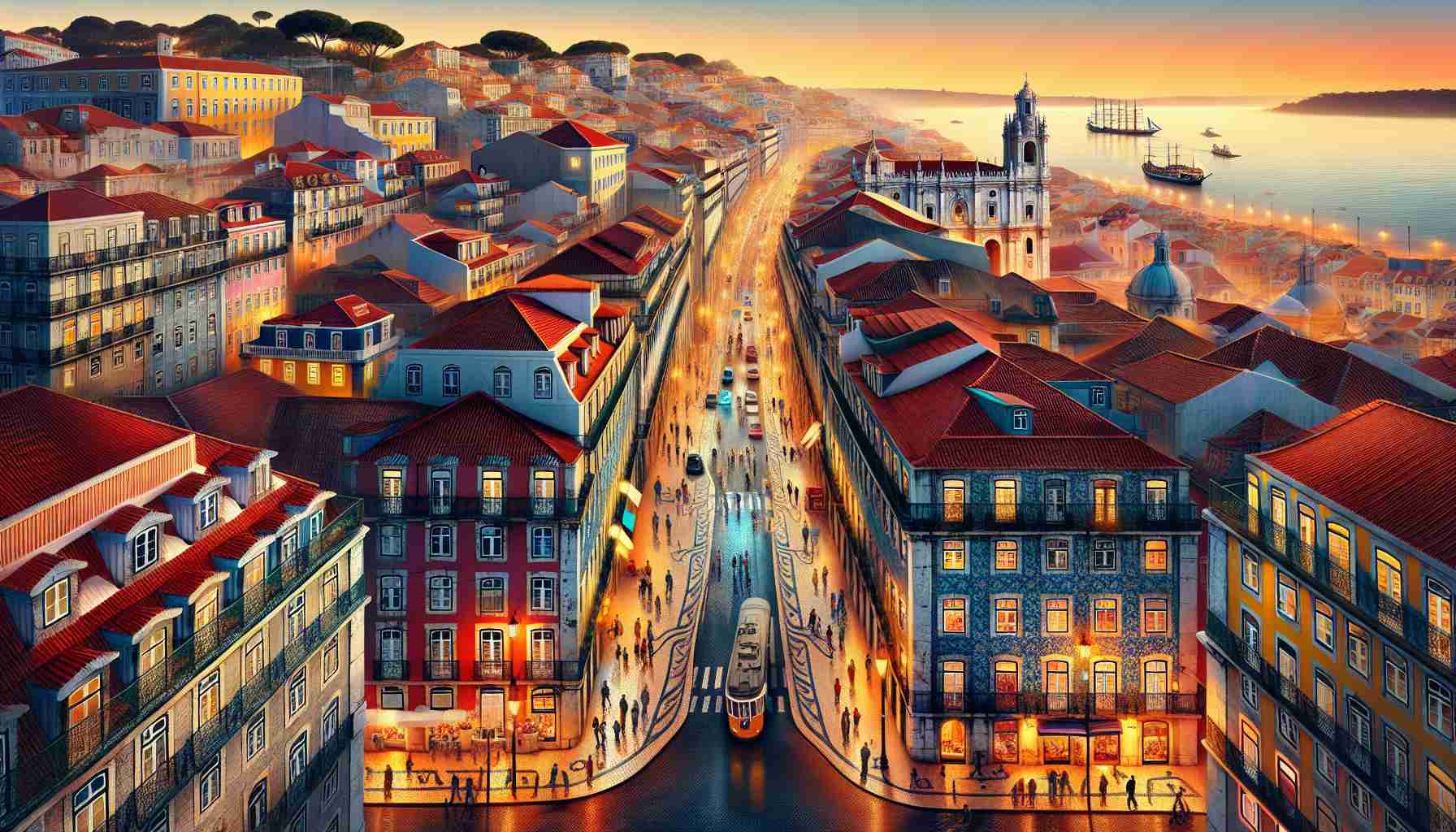
Once a Picture of Neglect
In the late 1990s, Praça do Comércio in Lisbon was marred by graffiti and boarded-up buildings, a stark contrast to its former grandeur during the height of the Portuguese Empire. The dilapidated square seemed frozen in time, a relic of the city’s past glory.
A New Era of Elegance
Fast forward to 2024, and Lisbon has undergone a remarkable transformation. The city now exudes grandeur, elegance, and beauty, attracting a surge of tourists eager to explore its enchanting streets and historic sites.
Social Media Frenzy
Lisbon’s popularity is evident on social media, with tourists flocking to capture the city’s iconic landmarks like Castelo de São Jorge and the antique yellow trams. The picturesque beauty of Lisbon has become a magnet for visitors seeking the perfect Instagram shot.
Tourism Boom
Portugal experienced a record-breaking year in tourism in 2023, with Lisbon emerging as the top destination in the country. The capital welcomed over 6.5 million tourists, solidifying its status as a must-visit European city.
Culinary Delights
Dining in Lisbon has also undergone a renaissance, with a vibrant food scene that caters to diverse palates. Gone are the days of salty cod served in every restaurant; today, visitors can indulge in a culinary journey of Portuguese flavors and gastronomic delights.
A City Reborn
Lisbon’s revitalization serves as a testament to its resilience and evolution over the years. From a city struggling to find its footing in the late 20th century to a thriving metropolis in the 21st, Lisbon stands as a shining example of urban renewal and cultural revival.
Embracing Sustainability
One integral aspect of Lisbon’s revitalization that often goes unnoticed is its commitment to sustainability and eco-friendliness. The city has made significant strides in promoting green initiatives, from investing in renewable energy sources to implementing recycling programs that aim to reduce waste and preserve the environment for future generations.
Innovations in Urban Planning
A key element driving Lisbon’s modern transformation lies in its innovative urban planning strategies. The city has embraced smart technologies and creative design concepts to enhance the quality of life for residents and visitors alike. From pedestrian-friendly streets to the rejuvenation of public spaces, Lisbon’s approach to urban planning sets a new standard for sustainable development in Europe.
Preservation vs. Progress
One of the central questions surrounding Lisbon’s revitalization efforts is the delicate balance between preserving the city’s rich heritage and embracing modern progress. As new constructions and developments reshape the urban landscape, concerns have been raised about maintaining the authenticity and historical integrity of Lisbon’s iconic neighborhoods and architectural landmarks. Finding harmony between preservation and progress remains a complex challenge for city planners and heritage conservationists.
Advantages and Disadvantages
The revitalization of Lisbon has brought about numerous advantages, such as boosting the local economy, creating job opportunities in the tourism sector, and elevating the city’s global reputation. Additionally, the restoration of historical sites and the promotion of cultural events have enriched the overall experience for residents and visitors alike. On the flip side, increased tourism has led to issues of overtourism in certain areas, putting a strain on infrastructure and raising concerns about environmental sustainability. Balancing the benefits of revitalization with the challenges it presents is a continuous endeavor for city officials and stakeholders.
To learn more about Lisbon’s sustainable initiatives and urban planning innovations, visit the Visit Lisboa website for comprehensive information and resources.






